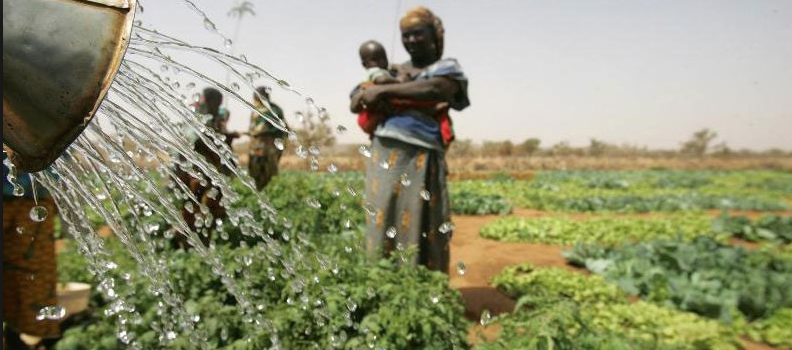Dominate virtually China - Africa Agro 4.0
For visionaries at USA – Africa and China – Africa Reaasonable Agro Trade.
What do you think about the differences between USA and China to face African countries?
American business way or Chinese business way?
Are you expert in Agro Business, or some matter related with Industry 4.0 (IoT, IIoT, BD, 3D Printing…?
Are you an expert about your African country?
Contact us here info@sylodium.com we can make money together.
But please, not simple Eco Agro Business, not simple Tech Agro Business, but a balance between both. Eco-Local-Agro-Technology-Trade as areoponic system or our Project of Agroships for Fresh veggies.
In Sylodium you can choose niches as Shanghai – West Africa Agro projects, California – Nigeria Agro 4.0, Hong Kong – South Africa Agro APPS, New York – East Africa Areoponics System, Florida - North Africa Fresh Veggies, etc to dominate them virtually.
Your ideas mean money in Sylodium. Towards a reasonable Agro Trade (Fresh-loca-Tech-Eco-Agro) dominate virtually industry 40 between China or USA with Africa
Are you in industry 4.0 from China or USA to Africa?
Our logical business system, allows you to segment your target markets to be seen, and dominate the bilateral trade niches you choose
Sylodium is the unique platform that represent the reality (reproducing your business) of international trade in Internet.
Can agroecology feed the world and save the planet?
New from The Guardian
As agricultural production across the world is increasingly threatened by climate change and overpopulation, some farmers are exploring radical alternatives like agroecology – which might just be the answer to global hunger
You wouldn’t necessarily know it, but right now Africa is facing a food crisis. With Brexit, global terror attacks, the war in Syria and the seemingly endless string of sporting fixtures vying for our collective attention in 2016 so far, the fact that up to 50 million people across east and Southern Africa are at risk of hunger seems to have largely escaped mention.
Starting in the 1960s, the “green revolution” saw industrial farming practices transplanted to poorer nations. In the second half of the 20th century, its success seemed unassailable: the global harvest of maize, wheat and rice trebled from 640 million tonnes in 1961 to almost 1.8 billion tonnes by 2000.

Africa, in particular, embraced new maize varieties with alacrity. Corn now covers up to 70% of some African nations’ farmland and accounts for about 50% of calories consumed by humans.
But the enormous cost to the land and people is now becoming clear. A recent report by the UN’s Food and Agriculture Organisation (FAO) summed up the problem bluntly, stating: “Past agricultural performance is not indicative of future returns”.
Add climate change into the mix and you have a recipe for disaster. While Africa’s population is set to double to 2.4 billion by 2050, the FAO warns that maize yields could fall by nearly 20% over that period.
Lack of rotation and over-use of phosphates and nitrates has degraded the nutrient content of the soil, leaving 2 billion people globally suffering micronutrient malnutrition, many in sub-Saharan Africa.
In fact, soil degradation in Kenya, which I’ve been visiting regularly for more than 35 years, is so severe it’s estimated that the productivity of cropland in the country declined by 40% between 1981 and 2003 as the population doubled.
Productive agriculture isn’t just a nice thing to have. For economies such as Kenya’s, it’s an essential foundation
Kenya is determined to move its economy away from over-reliance on agriculture by transforming itself into a regional hi-tech hub (dubbed, somewhat inevitably, “Silicon Savannah”) with billion-dollar projects coming down the line.
But there is an alternative that more and more farmers are exploring. Agroecology is establishing itself in small pockets across Africa.
In east Africa, more than 96,000 farmers have adopted a “push-pull” system for dealing with problematic stemborer pests and striga weed. The system plants maize alongside fodders and wild grasses that “push” pests away, or “pull” them towards decoy plants.
Agroecology isn’t confined to Africa. In fact, there are examples from Brazil, thousands of hill farmers using mulch to cover crops made up of legumes and grasses saw their maize yields jump from 3 to 5 tonnes per hectare without using chemical fertiliser.
The big question often asked is: can agroecological farming really feed the world, with the global population hurtling towards 9.6 billion by 2050?
Sylodium answers, who knows?

